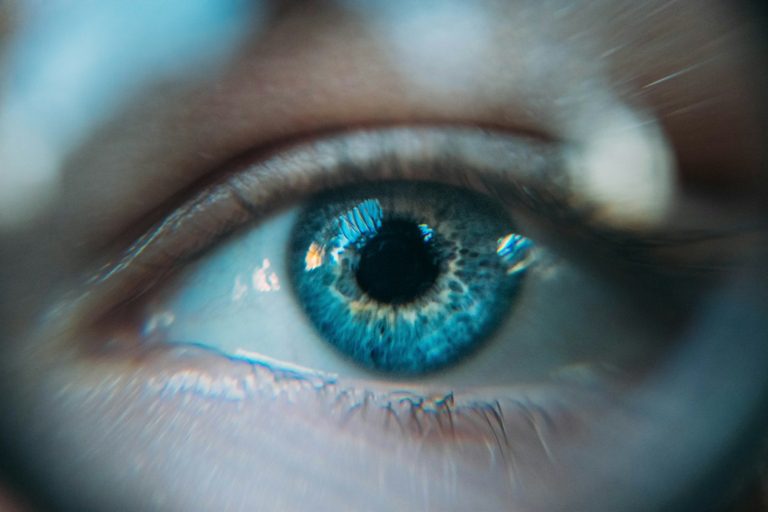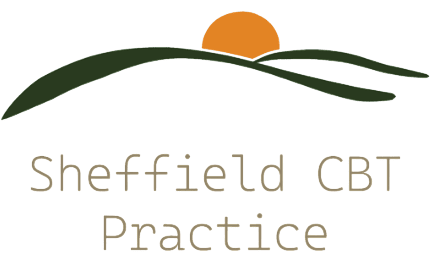EMDR
EMDR stands for “Eye Movement Desensitisation Reprocessing.”
EMDR was developed by American psychologist Francine Shapiro and stands for Eye Movement Desensitisation and Reprocessing.
It was originally developed to be used to treat PTSD (post-traumatic stress disorder) and is recommended by the UK’s National Institute of Health and Clinical Excellence (NICE 2005). Practitioners are also finding it effective in the treatment of a range of other anxiety-related disorders.

If you’d like to discuss your concerns or book an appointment, call us on 0114 383 0004.

What is an EMDR session like?
After a thorough assessment, you will be asked specific questions about a particular disturbing memory. Eye movements, similar to those during REM sleep, will be recreated simply by asking you to watch the therapist’s finger moving backwards and forwards across your visual field.
The eye movements will last for a short while and then stop. You will then be asked to report back on the experiences you have had during each of these sets of eye movements. Experiences during a session may include changes in thoughts, images and feelings.
With repeated sets of eye movements, the memory tends to change in such a way that it loses its painful intensity and simply becomes a neutral memory of an event in the past. Other associated memories may also heal at the same time. This linking of related memories can lead to a dramatic and rapid improvement in many aspects of your life.
How long does it take for it to work?
This will depend on the nature of your presenting problem, but It is generally a short-term therapy although multiple traumas can take longer to treat clients may begin to experience some breakthrough in just one session.
